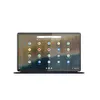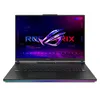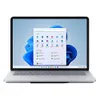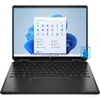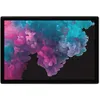Intel 14th Gen CPUs: Everything you need to know about Meteor Lake
Here are all the details about Intel's newest chips
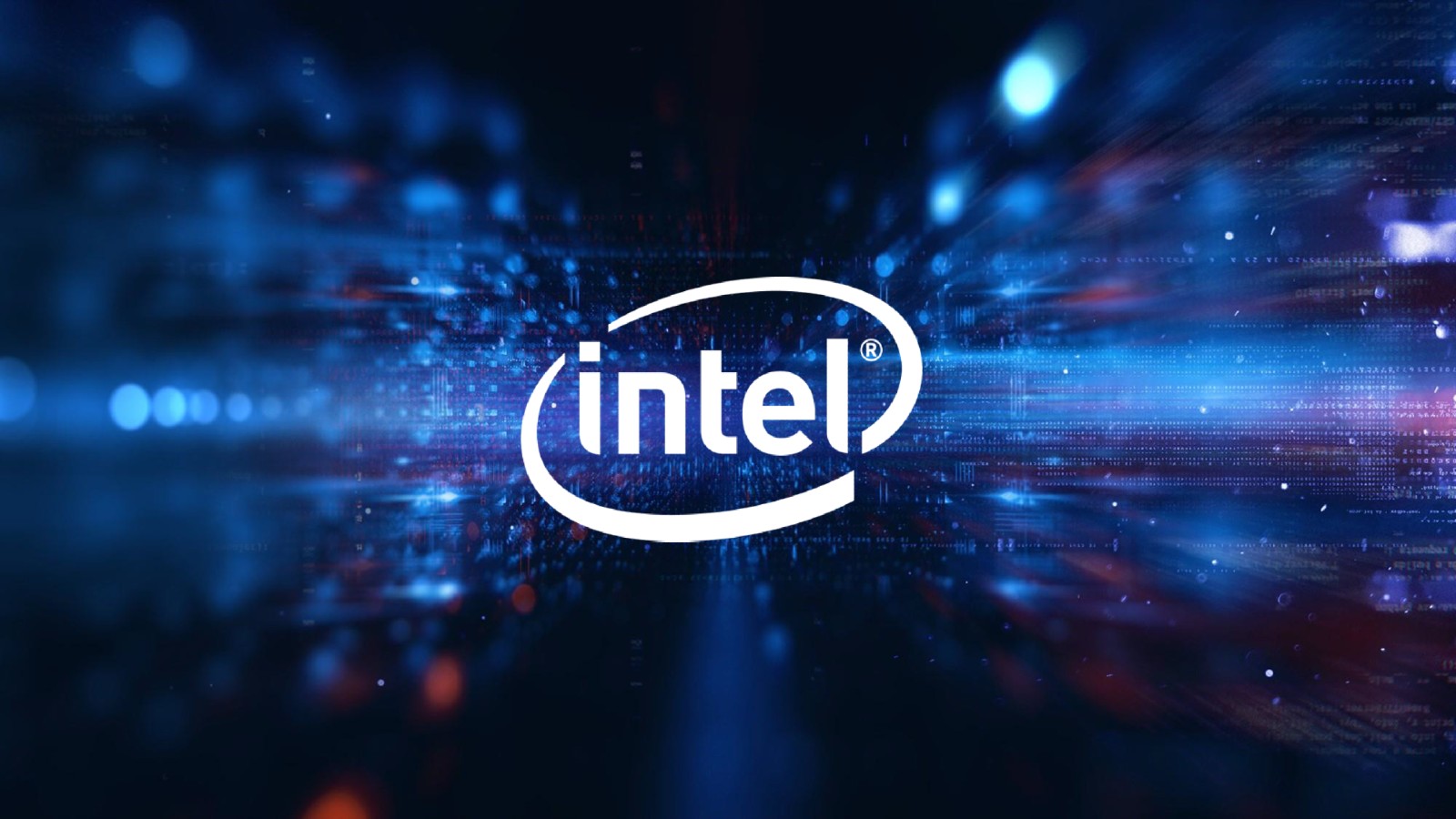
At the Intel Innovation conference in San Jose, we learned important details about the new 14th Gen Meteor Lake chips. Intel’s 14th Gen chips will launch on December 14, and will officially be titled Core Ultra chips.
After years of designing chips with a big emphasis on performance, Intel is finally flipping the script. With the 14th Gen chips, Intel is trying out a design that focuses more on efficiency than performance. We can’t wait to try out laptops that feature these chips, but until then, we’ll settle for learning everything we can about Meteor Lake chips.
Intel 14th Gen Meteor Lake news
Intel 14th Gen Meteor Lake overview
Just like Intel’s 13th Gen Raptor Lake chips, the 14th Gen Meteor Lake chips consist of performance cores (P-cores) and efficiency cores (E-cores). The P-cores are referred to as Redwood Cove, and the E-Cores are known as Crestmont. The 14th Gen chips introduce a new low-power E-Core as well.
Intel hasn’t given many details about specific performance improvements or how many Meteor Lake configurations we can expect, but with the launch event coming October 14 we don't have much longer to wait. The only configuration Intel revealed during its Tech Day presentation was a 6 P-core + 8 E-Core configuration. If this follows suit with previous configurations, this is likely an i9 or i7 processor configuration.
We know Redwood Cove will offer improved bandwidth and performance, but the only concrete details we have are about Crestmont performance improvements. These details come from Rajshree Chabukswar (via PCWorld), who says that Crestmont is about 4 to 6 percent faster with instructions per clock compared to Raptor Lake chips.
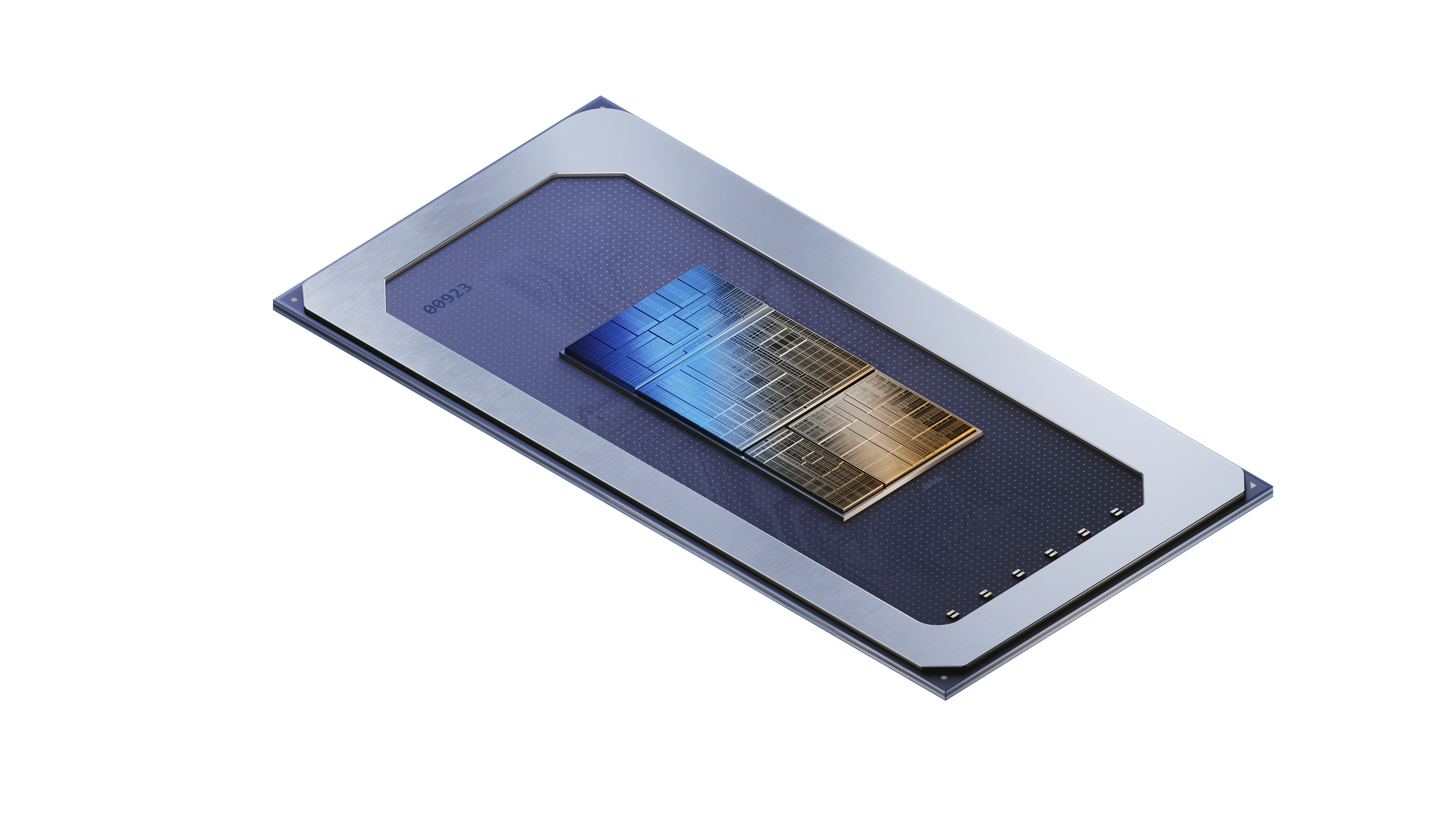
Meteor Lake design: Adding an extra core type to the mix
14th Gen Meteor Lake chips from Intel are adding low-power E-cores to its hybrid design from 12th and 13th Gen chips. Without getting too complex, the Meteor Lake chip has four separate tiles, one for the CPU, the SoC (System on a Chip), graphics, and I/O.
The low-power E-cores reside within the SoC tile, separated from the P-cores and other E-cores on the CPU tile. This means only the SoC tile needs to be active when you’re completing basic, low-power tasks like browsing the internet, writing a paper, or even watching 4K videos. Ultimately, this keeps the more demanding cores dormant and extends your laptop’s battery life.
Sign up to receive The Snapshot, a free special dispatch from Laptop Mag, in your inbox.
Thread Director in Meteor Lake chips has new instructions
Thread Director was first introduced with Intel’s 12th Gen chips, and it essentially acted as an usher who directed every task that your laptop initiated to the power-hungry P-cores. E-cores were only used when your laptop needed more total cores for everything that was being done.
Intel is giving Thread Director new instructions, so now it’ll direct tasks first to your laptop’s low-power E-cores, then its E-cores, and then its P-cores. With this new setup, Intel’s 14th Gen chips could finally fix the biggest problem we have with Windows laptops—battery life.
The low-power E-cores are capable of quite a bit, so there’s a chance your laptop might rarely jump into its power-hungry P-cores. If you primarily use your laptop for simple work or school tasks or for streaming videos, the low-power E-cores perform smoothly and demand less battery life.

Meteor Lake features AI, and integrated GPUs may offer ray tracing
We mentioned the SoC, or System on a Chip, tile within the Meteor Lake chip is home to the low-power E-cores, but it’s also home to the new AI-powered NPU (Neural Processing Unit). Intel has said that it plans to use AI to determine how users interact with common tasks, like opening a web page, but it won’t learn from everyday users. Instead, its machine-learning algorithm learns from test users, and transfers that learned info to the everyday user.
The AI NPU teams up with the CPU and GPU to run any AI applications faster than any one unit could do by itself. Intel ran Stable Diffusion, an AI art generator, 20 different times utilizing just the CPU, just the GPU, just the NPU, and various combinations of all three. When Stable Diffusion ran on only the NPU, it took 20.7 seconds and 10 watts, to generate photos. Utilizing the NPU and the GPU, the same task took 11.3 seconds and 30 watts to complete.
In addition to incorporating an AI NPU into its Meteor Lake Chip, Intel is also improving the integrated GPU. By creating a separate tile for the GPU, it’s easier to “mix and match graphics performance,” according to Tom Petersen from Intel (via PCWorld). Intel is using as much as it can from its standalone Arc GPUs, and integrating that with the Meteor Lake CPU to improve on the XE integrated GPU of past chips.
Impressively, Intel is taking eight Xe cores from the Arc A770 GPU and eight ray-tracing units into the Meteor Lake GPU tile. Of course, software developers will need to build in support for ray tracing into their games to take advantage of this new feature, but ray tracing will officially be part of the chip’s integrated GPU rather than a discrete chip.
With the Meteor Lake GPU, we’ll see more efficient performance, higher clock speeds, and support for XeSS, Intel’s equivalent to Nvidia’s DLSS technology. Intel is also introducing something called Endurance Gaming with Meteor Lake, which would utilize the Intel Arc Control power-management app to control how much power is allocated to the system if you want to save battery life in exchange for a lower frame rate.
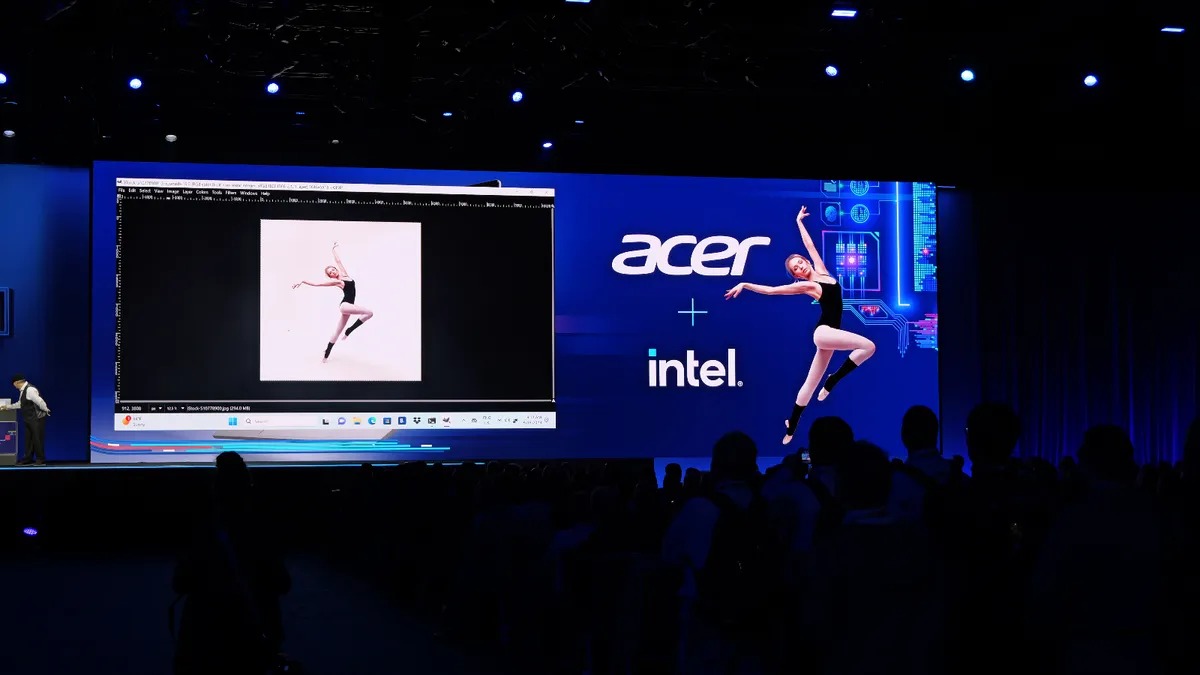
The Acer Swift laptop will boast Intel’s new 14th Gen chip, but we expect a massive influx of Intel 14th Gen Meteor Lake laptops to be announced immediately following the launch event on December 14, with the alleged Samsung Galaxy Book 4 announcement among them. Of course announcements are one thing, we don't expect to have an Intel 14th Gen laptop in our hands until early 2024, but based on what we know already this is should be an exciting year to test and review Windows laptops.

Sarah Chaney is a freelance tech writer with five years of experience across multiple outlets, including Mashable, How-To Geek, MakeUseOf, Tom’s Guide, and of course, Laptop Mag. She loves reviewing the latest gadgets, from inventive robot vacuums to new laptops, wearables, and anything PC-related. When she's not writing, she's probably playing a video game, exploring the outdoors, or listening to her current favorite song or album on repeat.


